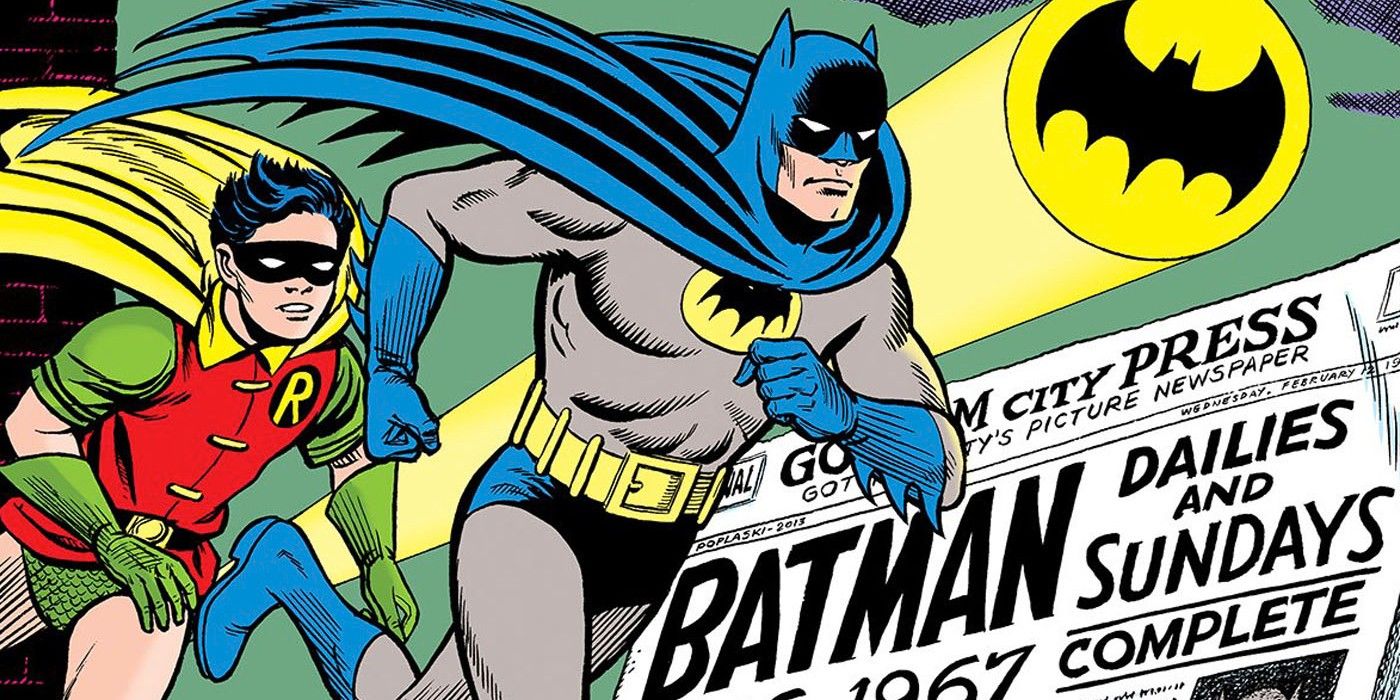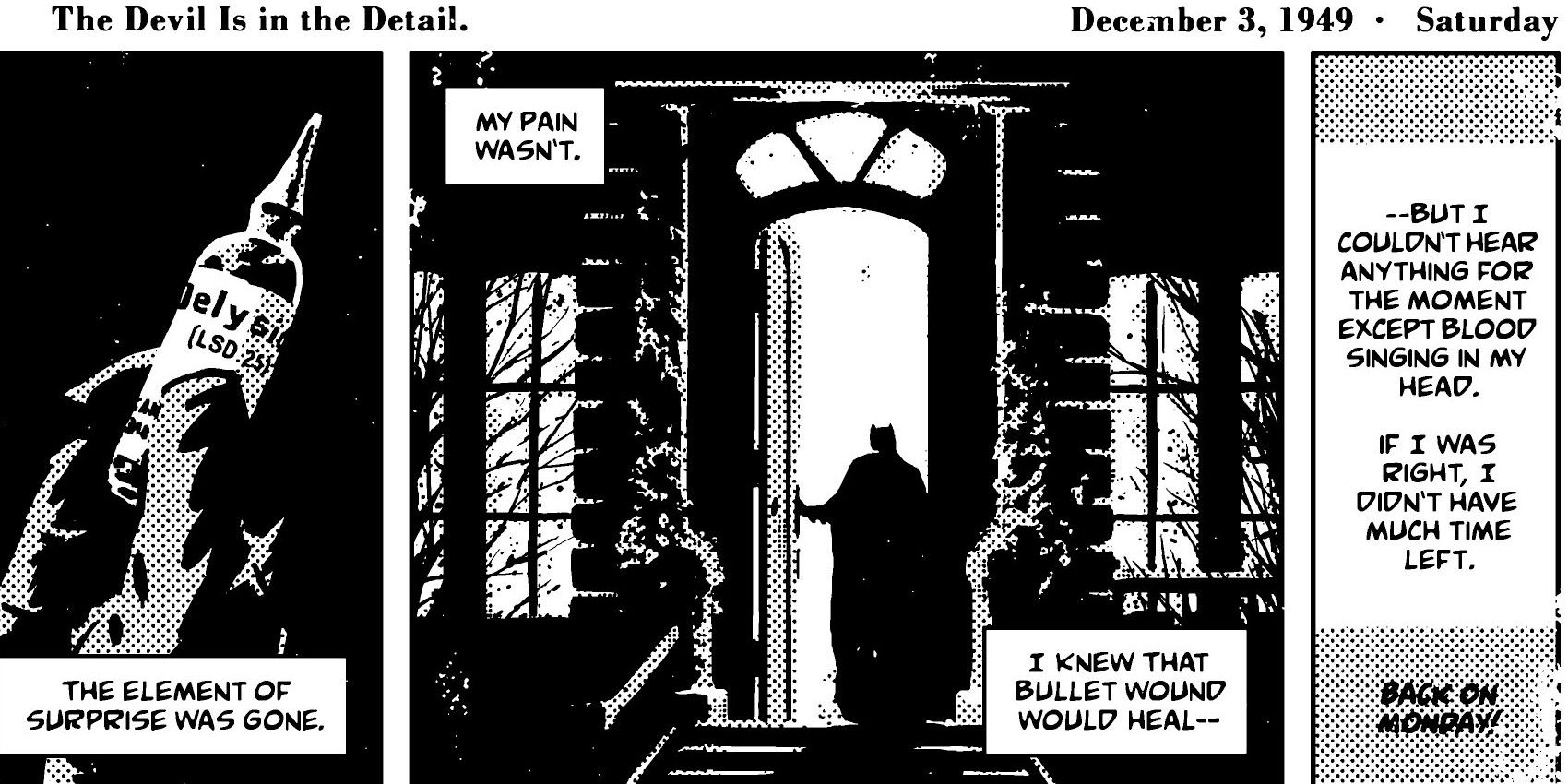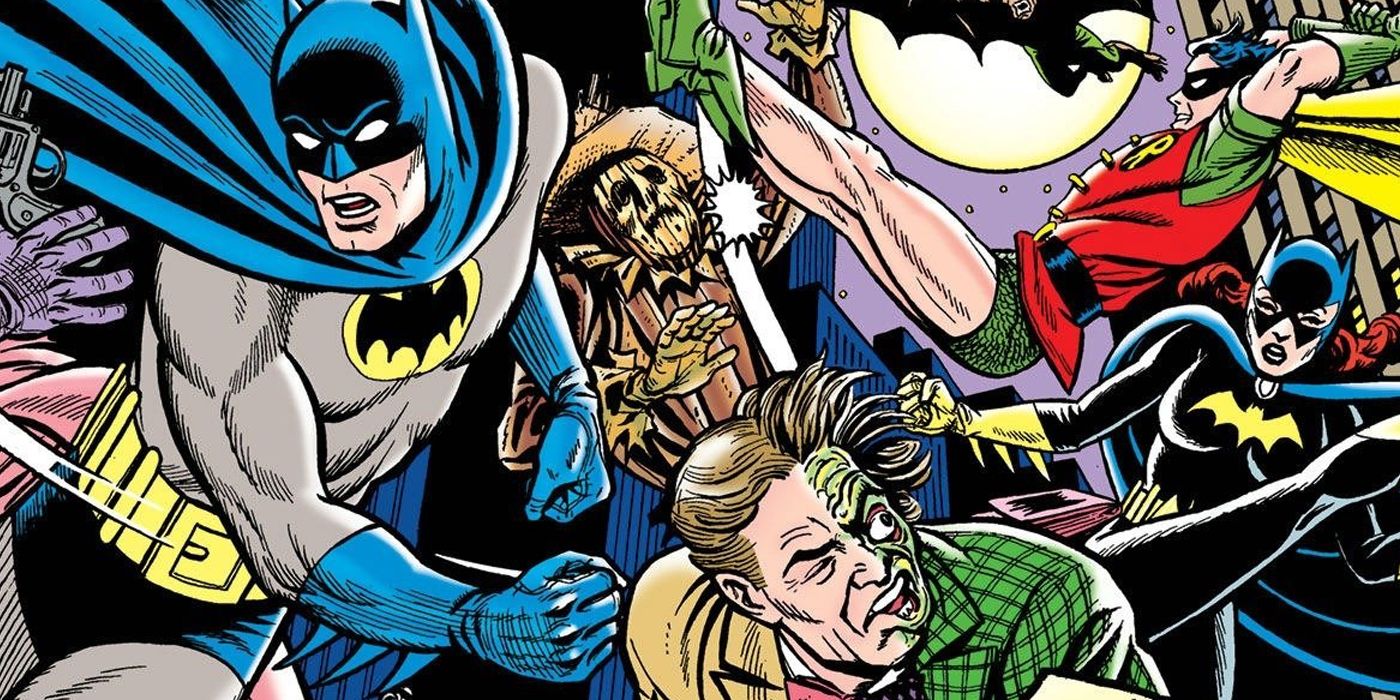Warning: The following contains spoilers for "The Devil is in the Detail," a story in Batman: Black and White #2, by David Aja, on sale now.
Throughout Batman's many iterations, from comics to movies to television and beyond, the Dark Knight has made a tremendous impact upon the public consciousness. One oft-overlooked medium in which Batman has appeared is the Caped Crusader's long-running newspaper strip. In Batman: Black and White #2, the story "The Devil is in the Detail," by David Aja, pays homage to the Dark Knight's old newspaper comic. This story follows Batman as he investigates a series of murders early in his career. Each murder appears to be part of some sort of ritual, as the Caped Crusader discovers satanic symbols surrounding each decapitated body.
Despite Batman's partnership with a young James Gordon, the GCPD as a whole refuses to investigate the crimes. On his own, Batman follows the trail of bodies, leading him to Gotham's police commissioner. Discovering that the police have been behind these ghastly murders, the Dark Knight turns against the GCPD. Batman finds the commissioner and confronts him before the murderer jumps out of the window.
"The Devil is in the Detail" harkens back to Batman's newspaper strip, one of his earliest appearances outside of the regular Batman and Detective Comics titles. In 1943, the McClure Syndicate agreed to distribute the ongoing Batman and Robin comic strip. This strip was published as both a daily and Sunday feature, credited to Batman co-creator Bob Kane. The Caped Crusader's co-creator, Bill Finger, wrote the strip, along with Don Cameron, Jack Schiff and Alvin Schwartz.
Batman and Robin ran until 1946, although it was briefly revived as a Sunday-only strip by writer Walter B. Gibson. After a short revival, Batman and Robin returned in 1966, following the success of the classic Batman TV show. Initially, the strip evoked the campy nature of the TV show before taking a more serious tone as time went on. In addition to Batman and Robin, the strip also featured guests like Batgirl, Superman and Aquaman. Iconic villains such as Joker, Penguin, Catwoman and Poison Ivy were a big part of the strip as well. Although Bob Kane was credited for the strip, it was ghost-written by Whitney Ellsworth, E. Nelson Bridwell and E.M. Stout, with illustrations by Joe Giella, Sheldon Moldoff, Carmine Infantino, Al Plastino and Nick Cardy. The strip finally concluded in 1974.
Batman would later appear in The World's Greatest Superheroes, a more generic DC strip running from 1978 to 1985, before receiving his own strip once more in 1989. Retitled simply Batman, this comic strip was initially written by Max Allan Collins and illustrated by Marshall Rogers, before William Messner-Loebs, Carmine Infantino and John Nyber took over. The strip ran until 1991 and included additional villains such as Two-Face, the Riddler and the Mad Hatter in the wake of the 1989 Batman movie's success.
"The Devil is in the Detail" utilizes much of the same presentation and style as Batman's newspaper strip adventures. First and foremost, the panels of the story are presented in the same horizontal format as a newspaper strip. Each long, horizontal strip encapsulates a small portion of a larger story.
The date of each strip is posted at the top as if the comic were part of an actual daily comic strip. In each individual strip, something noteworthy happens, progressing the overarching narrative while adding its own unique component to the story.
The ending of each strip also leaves readers wanting more as if they'd have to check in the next day to see what happens next. There's even a little note at the end of some of the strips, saying "back on Monday," much like a daily comic strip from the newspaper.
The black and white format of the comic adds a lot as well, presenting the story as a noir-esque comic strip. Combined with the paper quality, which evokes the smell of newsprint, this detective story makes for a great look back at Batman's days as a comic strip hero.



